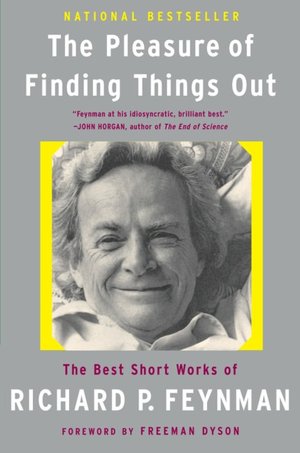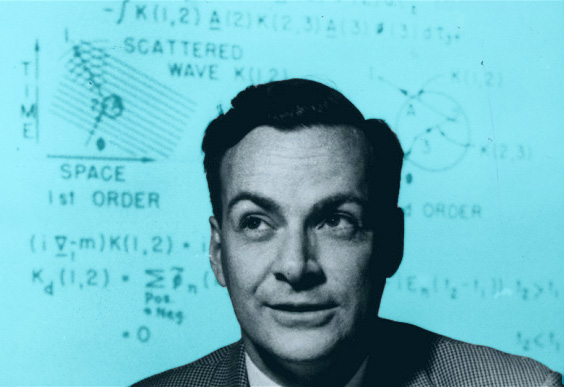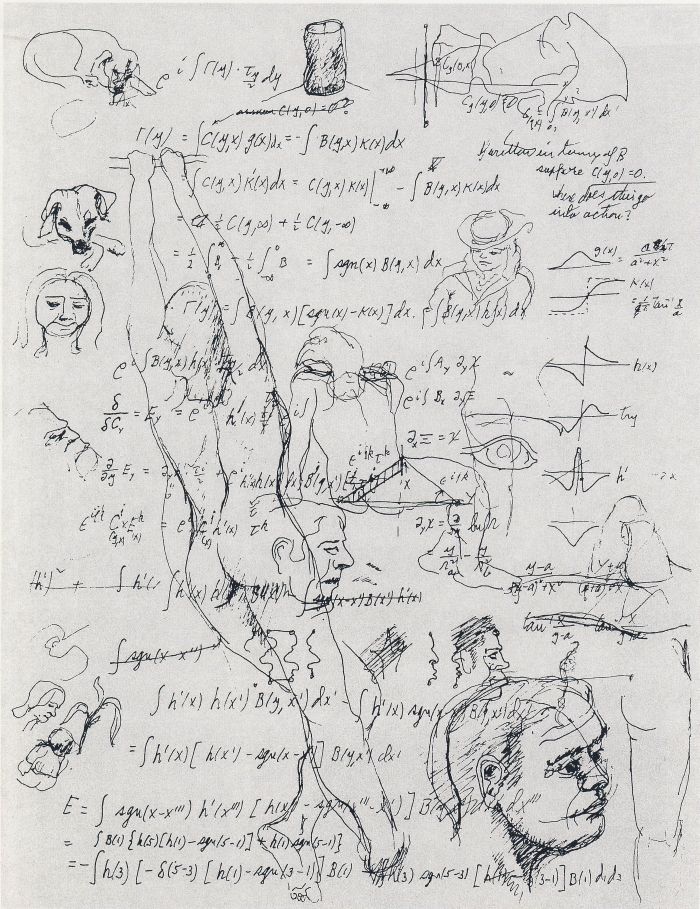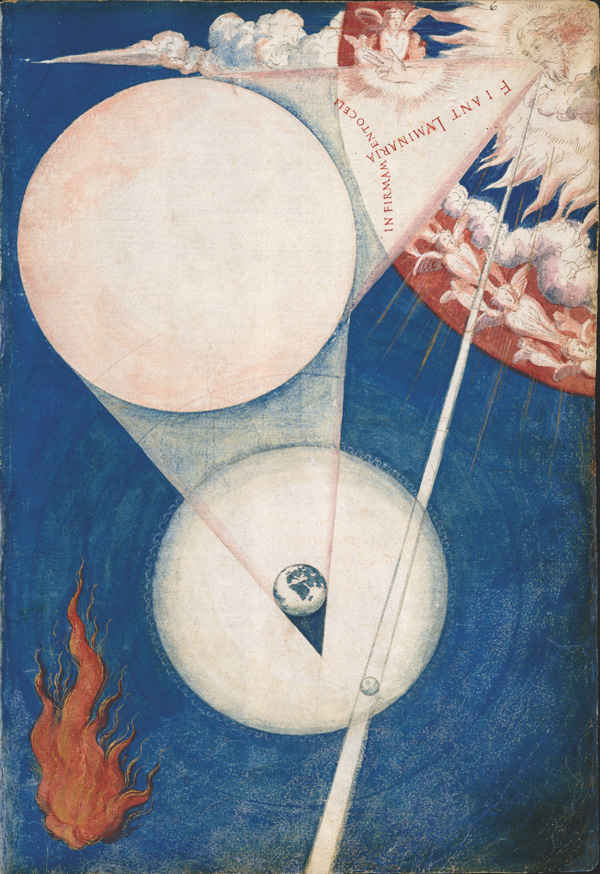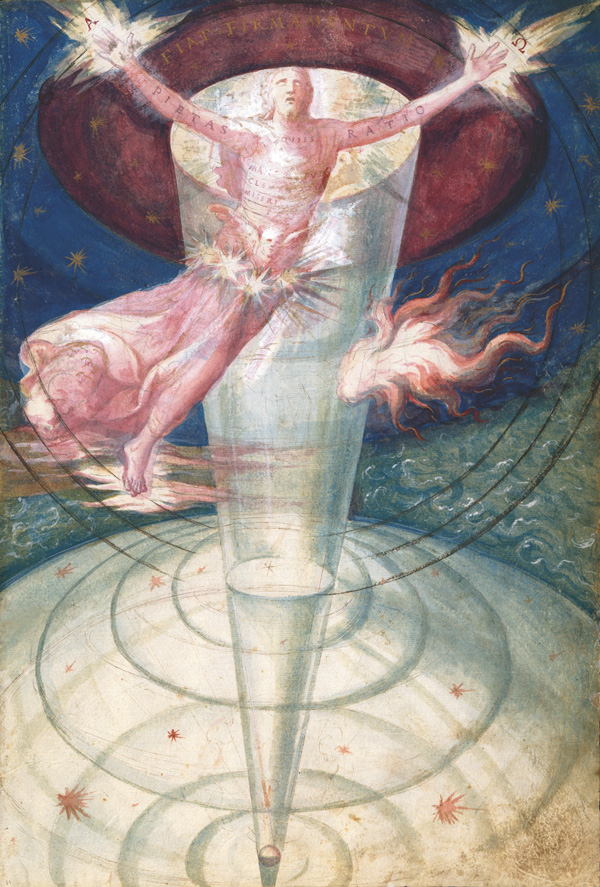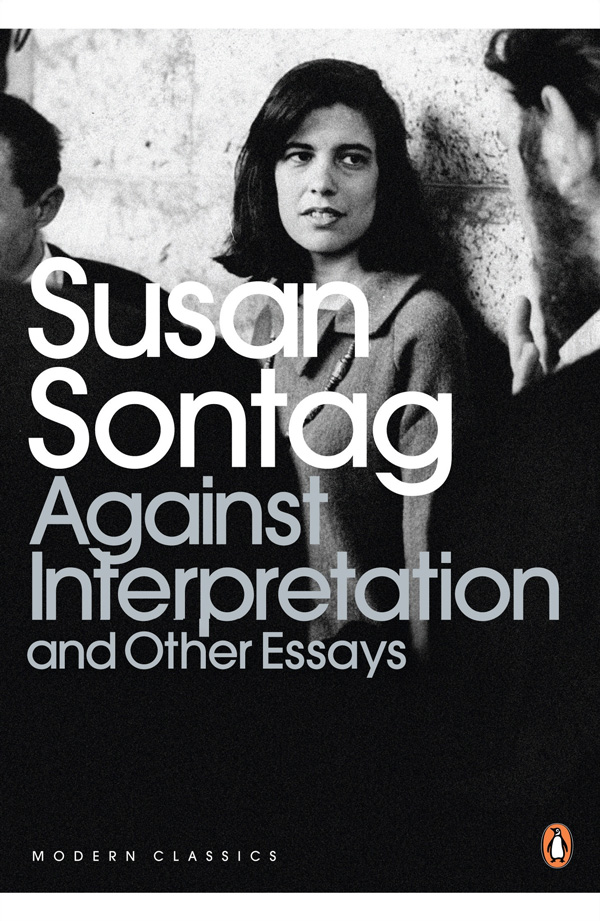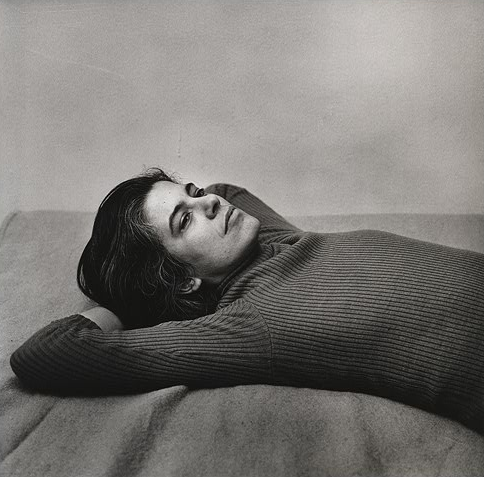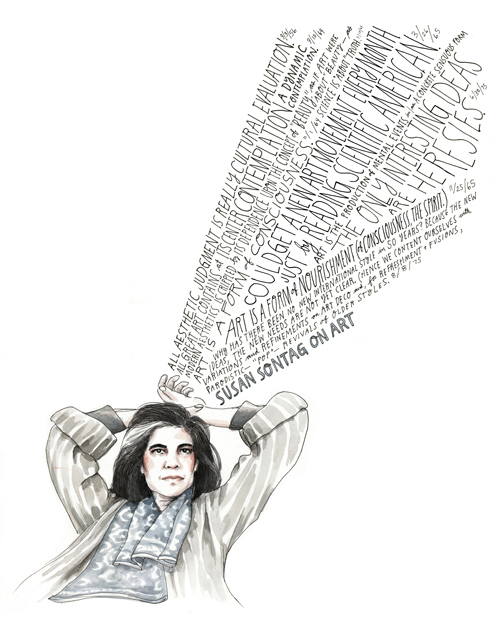Top 17 Alan Watts Videos (With Summaries) - Cutting-Edge Solutions For a Better Life
These are all short and most have music, which makes them more
inspiring. 1.5X means this is the preferable speed I listen to it at.
I give a short explanation because the first time I listened to many
of these videos I didn’t fully understand what he was saying, but it
sounded good. Anyway, these are my interpretations that make sense to
me. I ordered them roughly in how much I appreciate them.
I relisten to these sometimes as occasional reminders.
1)
Time to Wake Up (1.5X)
– on watching, letting things be, accepting our destiny because we
can’t control it. The concept of Judo- go along with it, go along with
it…..
2)
Live Fully Now – on the ridiculousness of the rat race. You must live for the present.
3)
The Way of Waking Up –
on simply being. When shedding the ego, the world becomes a general
experience that’s not different from anyone else’s experience and so
whenever someone is born, in a way it’s as if you are born. If you can
imagine your own consciousness being destroyed (by using LSD), a
different one reemerges and it’s no different as if you died and were
reborn. A bit gimmicky and not clear logic, but good music.
4)
The Secret of Life –
The false idea that we must keep living and be successful. On the
importance of allowing life to be lived spontaneously, without goals,
commands or control. On being and experiencing the world. On playing,
instead of working.
5)
Follow Your Heart –
Following your passion, trusting your future, destiny and intuition.
Acting as if money were no object. Time is limited. What do I desire?
You’ll know when you find it. Stay hungry, stay foolish.
6)
Playing The Game of Life –
on forever being a candidate for living, but never actually living.
All wretch and no vomit. Until you are retired and sick. On working
to make money to buy pleasure, which doesn’t cause happiness. Making
plans for the future is of use only to people who are capable of living
in the present.
7)
Let Go of Controlling Everything (1.5X)
– Trusting your nature, giving up control, and letting the universe
decide for you. Trying to control will antagonize your flow and you’ll
live less experientially. Trusting the real you and the universe is a
way to become one with it.
8)
Be Yourself –
the real you. Your experience is all that is there. Our perception
of reality is only brought into being by our senses. Red is really a
wave, but eyes see red, not waves. Sound is vibrations and noise is a
creation of our ear drums. So in that sense, we are god, because we
create sound, light and everything we experience, and that’s all that
there is. Your experiences are you and nothing else is you.
9)
The Illusion of Ego (1.5X)
– On trying to use the Ego to control our lives, which only causes
strain because what we think of as ‘Me’ can’t actually control anything.
Therefore, all we can do is watch, which is the state of meditation.
On the distortions that the Ego causes – accentuates good and bad,
pleasant and painful. In reality, everything is vibrations (matter is
vibrations). In Zen, you act immediately, instead of thinking about
acting. We only know something because of contrast – only know hard
because of soft, light because of dark, etc…So what we know isn’t an
absolute experience, just perceptions – they’re really just vibrations.
The Ego is a similar kind of illusion. Life is about appreciating the
vibrations, but realizing that vibrations are just that.
10)
The Illusion of Self – follow ideas to the extreme.
Life is like an onion. Some try to peel an onion as fast as we can
to get to core or some future point, until we realize that an onion is
all skins and no center. You must enjoy the skins if you are to enjoy
the onion. In the same way, you must enjoy your current experience.
The story of a man who fights a bear that is capable of reading his
thoughts. Since the bear knows in advance how the man will hit it, the
only way for the man to win the fight is to hit it by accident.
A student trying to learn from his Zen master is trying to
purposefully do something in a formal way, which is antithetical to Zen.
In Zen, life is about experience. The master can’t teach you anything
because there is nothing to learn. And so the student is on a goal
oriented journey to get somewhere, but eventually he must
realize/internalize that there’s no where to go and nothing to learn.
11)
The Way of Waking up (1.5X)
– There’s no where you have to go or nothing to do to be happy. You’re
here. If you’re ready to wake up…you’re going to wake up.
12)
The Mind -worrying that we worry, addiction to thinking, constant distraction from ourselves, shutting down the mind,
13)
It Starts Now –
as long as we try to control and get somewhere, meditation isn’t
possible. On the endless obsession of frivolous superiority – one is
slightly more evolved than another. On being in the present and not
using excuses to explain your present, but just accepting it. You can’t
blame anyone for where you are.
14)
Alan Watts and South Park (1.5X)- cute, good mix of Alan Watts.
15)
Living In Nothingness –
on the importance of imagining that all your possessions were
destroyed. Nothingness is the fundamental reality and viewing the world
in such a way…but in nothing there is everything. Gives opposite
perspectives of living, both of which are true.
16)
The Dream of Life/
What If God Became Bored (similar) (1.5X)
– Why planning and dreaming of the future is silly – because in a way
the spontaneous and unknowableness of our present and future…. is a
dream that we would’ve planned if given the chance. I don’t fully ‘get
it’, but sounds cool.
17)
Creating Who You Are –
you don’t know what you want because you have it, and you don’t know
yourself because you never can. Instead of trying to create (through
will) who we are, we should let go and just accept whatever we
are/desire. The more we try to control, the more energy we exert and
the more we are in defensive mode (constantly trying to keep everything
in line). When we give up control, we gain a new power. Only once we
realize that we can’t control, is when we start to give it up.

